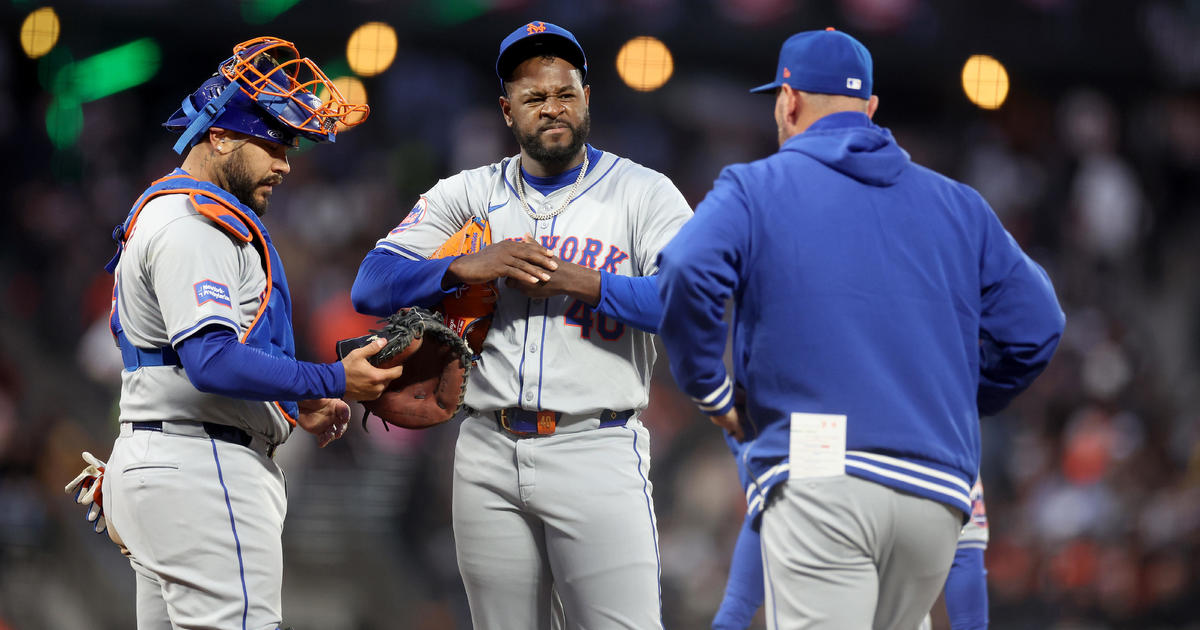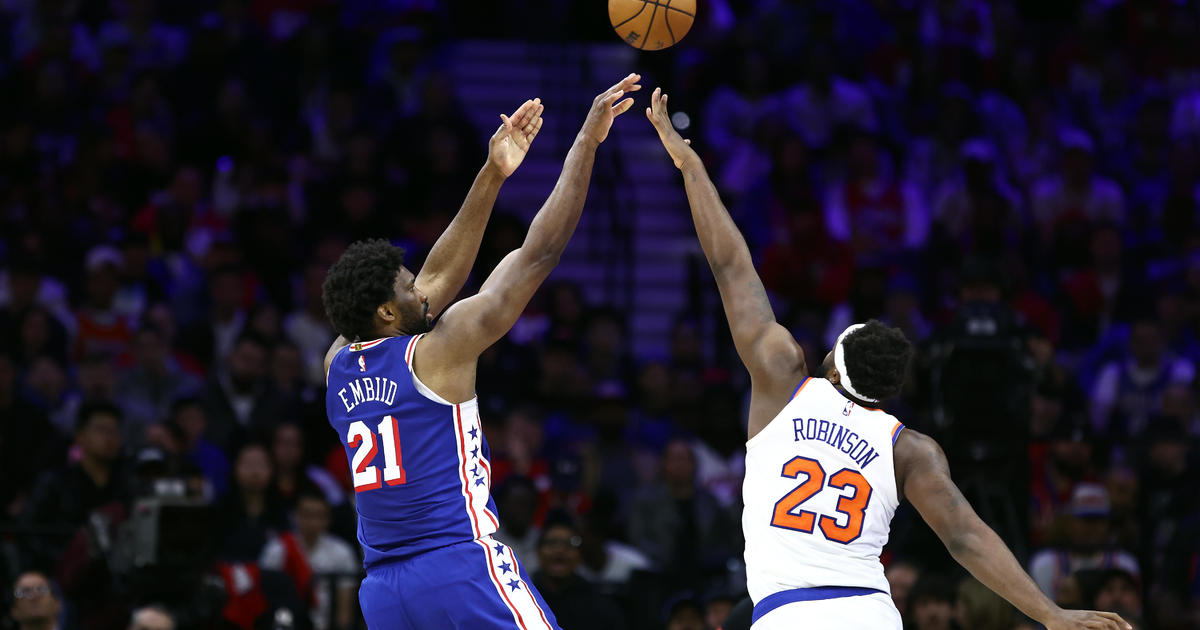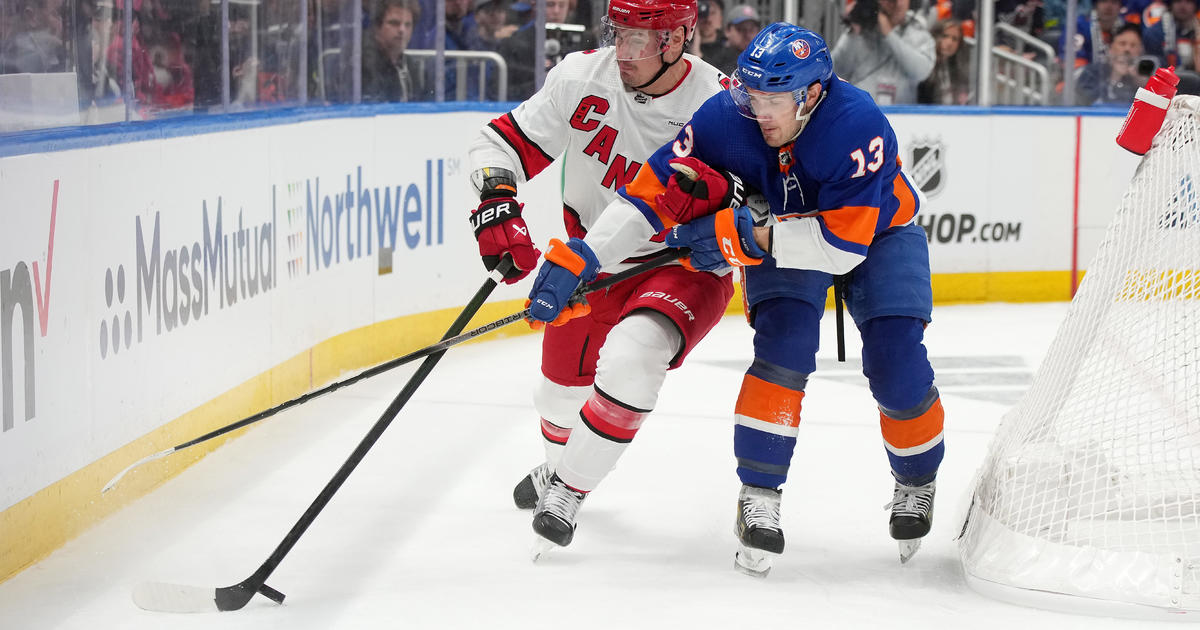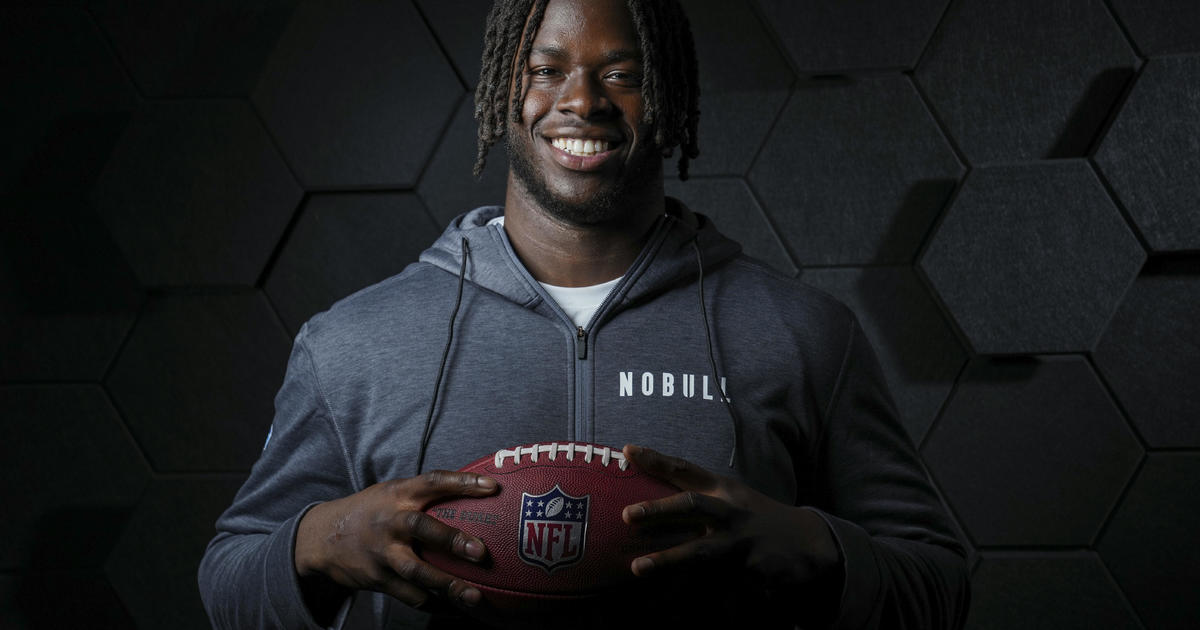Lichtenstein: Atkinson Stands By Nets' System, Even If It Won't Succeed With Current Roster
By Steve Lichtenstein
» More Columns
Kenny Atkinson is in rarefied air for an NBA head coach.
Virtually all of Atkinson's peers are judged by their won-loss record. As the rookie coach of the Nets, however, Atkinson has operated under a different mandate.
For it would not only be unfair to evaluate Atkinson's performance using the preferred metric, given his organization's dearth of big-league talent, it would be wrong.
The Nets, who lost their 10th consecutive game, 137-112, to Houston on Sunday at Barclays Center and fell to 8-32, are without question the worst team in the NBA.
Yet there are opposing coaches who will line up to tell you that Atkinson is doing a tremendous job in Brooklyn, and not just because that's the standard line of reply.
"He's a very good coach," Rockets coach Mike D'Antoni said prior to Sunday's contest. "I'm hoping he gets a chance. A lot of coaches are in that position where they just don't have a chance -- just not yet. He's got to get lucky a little bit, where his guys got to stay healthy, and he'll get over the hump."
D'Antoni hired the then-41-year-old Atkinson in 2008 as an assistant after he took the Knicks job. Though D'Antoni's nearly four-year tenure wasn't very successful, the final season saw the breakout of "Linsanity," when current Nets point guard Jeremy Lin rose from obscurity to take New Yorkers on a short-lived ride. Both Lin and D'Antoni believe Atkinson's efforts played a key role in unleashing the phenomenon.
"Kenny was really good in everything we did, not only as a developmental coach and working with different guys throughout the summer and year, but (also) strategy-wise," D'Antoni said.
Atkinson took a lot of D'Antoni's principles, plus what he gathered in the following four seasons as an assistant under Mike Budenholzer in Atlanta, and has attempted to implement them in Brooklyn.
The pace-and-space schemes, with the heavy emphasis on the 3-point shot, were D'Antoni's innovation when he coached in Phoenix in the early 2000s.
"(D'Antoni) changed the way the game is played," Atkinson said. "It was a shock to all of us, him coming into the league with that Phoenix team and playing the way he did. Compare it to the NFL when they went to spread offenses — all of a sudden everybody is, instead of going down into the post, (they're) going to the 3-point line. The real credit to him was that he was ahead of the game, I think even before analytics. He figured it out before a lot of us figured it out — figuring out the value of the 3-point shot. That's really impressive."
Those Suns teams featured Steve Nash, Amar'e Stoudemire, (a young) Joe Johnson and a host of others who could play.
Against the Rockets, the Nets started a lineup of Spencer Dinwiddie, Joe Harris, Bojan Bogdanovic, Trevor Booker and Justin Hamilton. (Center Brook Lopez was rested, and Lin missed his 28th game of the season due to hamstring injuries.) In other words, no All-Stars.
You would assume that a coach who envisioned pulling off an upset of high-powered Houston and MVP candidate James Harden might want to slow the pace a bit given the skill discrepancy and the Nets' utter incompetence on the defensive end.
Not Atkinson. He has acknowledged many times that his team will "embrace the 3-point shot" no matter who takes them or how early in the shot clock, so long as those attempts are uncontested.
Houston and Brooklyn, which rank 1-2 in 3-point attempts, each took 44 3-pointers Sunday, tying an NBA record. However, the Rockets are sixth in the league in percentage (37.5 percent) while the Nets rank 28th (33.8 percent).
No wonder Brooklyn got obliterated. The Rockets outshot the Nets, 47.7 percent to 34.1 percent from behind the arc. The six extra 3's -- plus the nine extra free throws — there's your margin of victory.
But this is the plan, approved at every level of management. Atkinson called it "a part of development." He has instructed his players to keep shooting when they're open. The system comes before anyone and everyone, even if it has probably cost his team some wins.
Like the 104-95 defeat to New Orleans on Thursday. The Pelicans were sans celebrated rim protector Anthony Davis, yet Brooklyn took 42 3-pointers. They made nine, only three (in 28 tries) after the first quarter.
I can't argue that it's the wrong approach. Until Atkinson is given a competitive roster, no system is going to make him look good.
The key is whether the constant losing affects his players' commitment to a team-first mantra. It may have already started to creep into the locker room. Don't for a second buy into the "Oh, at least the Nets always play hard" propaganda. Brooklyn's transition defense has been so bad of late that players are failing to properly match up with their assignments off made baskets. A good portion of the Nets' turnover bugaboo can be traced to carelessness. Bogdanovic often disdains any effort in securing loose balls. Even rookie Isaiah Whitehead, the poster child for Brooklyn Grit, has taken plays off by failing to get into a defensive stance or raising his arms to contest shots. With his egalitarian rotation, Atkinson might not be getting the best out of certain guys.
These are signs of a coach who could be in trouble. But then I remembered that Atkinson is learning the ropes as he goes. No one disputes his knowledge of the game and how it's played, which gives him the potential to develop on the job along with his team. He has shown such a keen sense of play-calling out of timeouts that I wondered why some of those sets aren't used with more regularity.
So what grade should Atkinson get as the Nets approach the season's midpoint? I'd give him an "incomplete." The second half, however, must be more about progress, not just process.
For a FAN's perspective of the Nets, Jets and the NHL, follow Steve on Twitter @SteveLichtenst1



